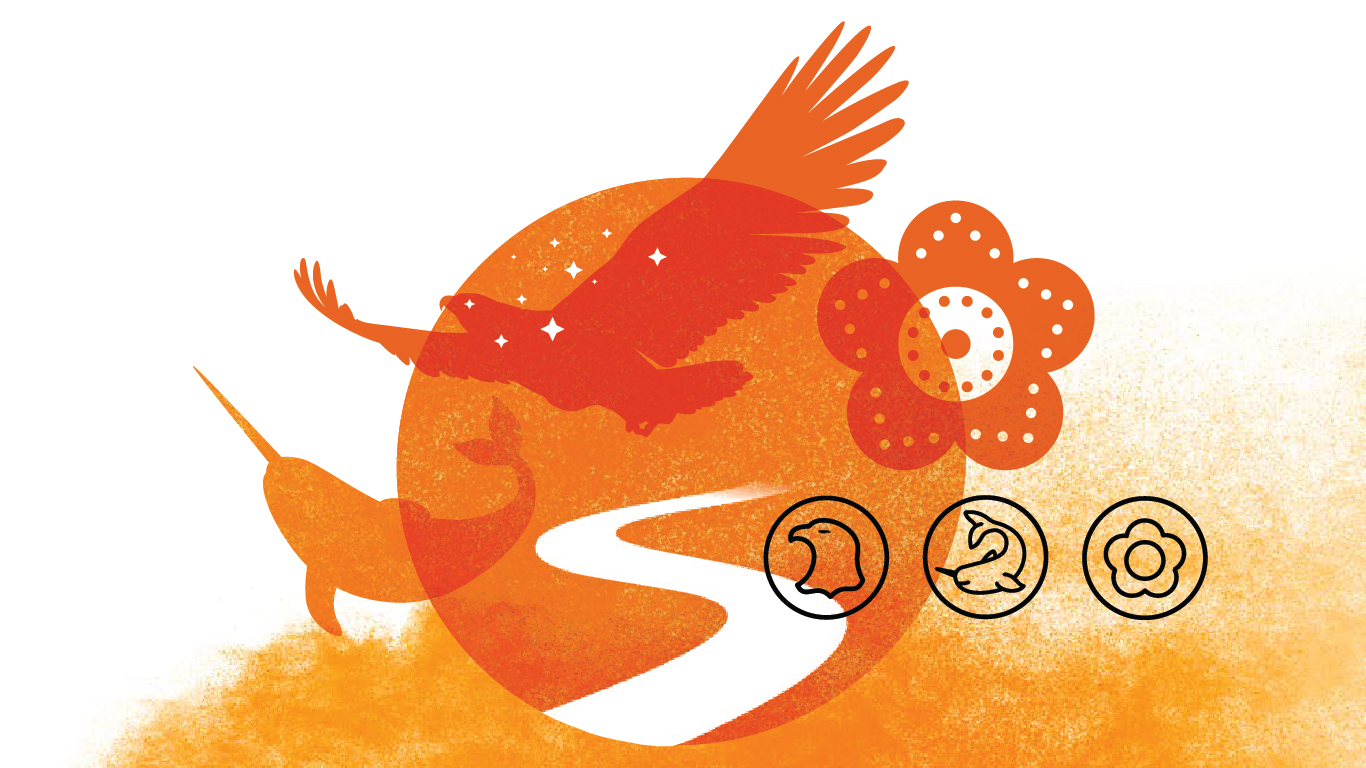
Each year, September 30 marks the National Day for Truth and Reconciliation. It is a day of recognition for the Survivors of Canada’s residential school system, their families and their communities.
It is also a day when we honour those who lost their lives to the residential school system, mostly children, who never returned home.
In addition, this day serves as a reminder for the advancement of reconciliation. On this day, all Canadians are encouraged to learn about the rich and diverse cultures, voices, experiences and stories of First Nations, Métis and Inuit peoples in Canada.
The ongoing negative impacts of the residential school system are evident in current statistics, as is the resiliency of residential school Survivors and Indigenous languages and cultures. Here are some key findings from Statistics Canada data on Indigenous people.
Indigenous languages and cultures
The purpose of the residential school system—in operation for over 100 years, with the last schools closing in the 1990s—was to remove and isolate children from the influence of their homes, families, traditions and cultures. The Truth and Reconciliation Commission (TRC) has documented the strict prohibition of Indigenous languages and cultures within the schools and the lasting and intergenerational impacts of this policy.
In 2021, just over 237,000 Indigenous people could speak an Indigenous language well enough to conduct a conversation, which is a decline of 10,750 speakers from 2016. Currently, all Indigenous languages spoken in Canada are considered at risk; most are classified as endangered and many are critically endangered.
It is evident that many people are working to reclaim and revitalize Indigenous languages. In 2021, second-language speakers accounted for over one-quarter of Indigenous language speakers overall, up 4,100 speakers, or 6.7%, from 2016.
A new study using data from the 2022 Indigenous Peoples Survey found that two-thirds (67%) of parents of young Indigenous children (aged 1 to 5 years) reported it being very or somewhat important for their child to speak or understand an Indigenous language, up from less than half (48%) in 2006.
In 2022, almost three-quarters of parents of First Nations children living off reserve (72%) and Métis children (73%) reported strongly agreeing that their child’s school supports Indigenous culture through teaching or activities.
Among parents of Inuit children, 80% strongly agreed that their child’s school supports Indigenous culture through teaching or activities.
Indigenous children overrepresented in foster care
The TRC has reported on how the overrepresentation of Indigenous children within the child welfare system is a legacy of the residential school system, and a perpetuation of a history of policies and practices that have separated Indigenous children from their families and communities.
A study released in April 2024 found that the proportion of Indigenous children among all children in Canada aged 14 and younger rose from 6.9% in 2011 to 7.6% in 2021. Over the same period, the representation of Indigenous children among foster children living in private households increased at a faster pace, growing from 47.8% to 53.7%.
Indigenous economic contribution increases, but pay inequity and discrimination still faced at the workplace
The TRC emphasized that reconciliation must create a more equitable and inclusive society by closing the gaps in social, health and economic outcomes that exist between Indigenous and non-Indigenous people.
A Statistics Canada study found that in 2017 to 2020, significantly higher proportions of First Nations people living off reserve (20.3%), Métis (17.9%) and Inuit (56.5%) across Canada reported being without a regular health care provider, compared with their non-Indigenous counterparts (14.5%).
Another study on wages, based on Labour Force Survey average estimates, found that First Nations people living off reserve ($28.78) and Métis ($30.38) earned significantly less per hour than non-Indigenous people ($32.58) in 2022. As well, Indigenous people were more likely to be working part-time involuntarily (they would prefer full-time work) and to experience discrimination at work than non-Indigenous people.
Gross domestic income (GDI), also known as income-based gross domestic product, earned by Indigenous people was estimated at $56.1 billion in 2021, an increase of 10.0% from 2020. Over the past decade, Indigenous GDI increased by 57.6%, outpacing growth in the total economy (+37.6%).
To learn more
September 30 is also Orange Shirt Day. Everyone is invited to wear an orange shirt to commit to the enduring truth that “Every Child Matters” every day and everywhere.
Visit the Statistics on Indigenous peoples portal to view all of the agency’s data and analysis related to First Nations people, Métis and Inuit.
The Indigenous Peoples and communities section of the Crown-Indigenous Relations and Northern Affairs Canada website has links for further reading on Indigenous history, culture and arts, and also offers learning resources.
Visit the National Centre for Truth and Reconciliation for resources for Survivors, their families and the public.
For immediate emotional support
For immediate emotional support 24 hours a day, 7 days a week, call The National Indian Residential School Crisis Line at 1-866-925-4419.
Contact information
For more information, contact the Statistical Information Service (toll-free 1-800-263-1136; 514-283-8300; infostats@statcan.gc.ca) or Media Relations (statcan.mediahotline-ligneinfomedias.statcan@statcan.gc.ca).
